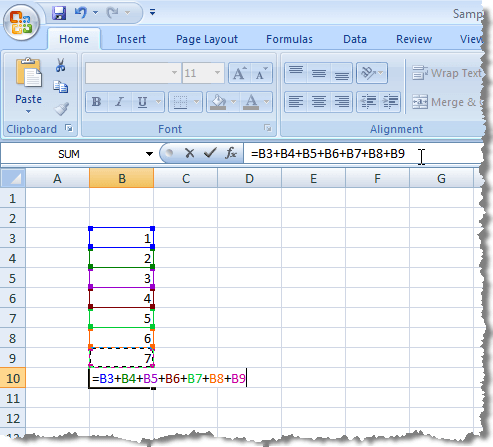


In this example, the data sets are all variables, but in particular, the tax rate holds constant for each tax player across the years.Īs tax rate is available under column E only, when applying the formulas to other cells, it’s important to hold column E constant to produce the correct value. If a mixed reference was not applied in the scenario above, and only a relative reference used, the calculations would not be correct. Then, copy the formula across the rest of the remaining cells. To do so, add $ to the calculation =B3*$E3: To calculate the rest, since the tax rate is always in column E, column E is to be held constant in the calculation.

It saves time by copying the formulas across the Excel table as well.īelow is an example of the application of mixed reference: Mixed reference is particularly preferred when doing calculations in Excel, as it helps users to evaluate figures across scenarios and conditions. They can be used with both numbers and text. Versatile and convenient, mixed cell references are frequently used in Excel spreadsheets. Before assigning the dollar sign to a column or row, it’s recommended to review the calculations and logic on hand to avoid errors. To hold the row constant, add a $ (dollar sign) in front of row instead (=A$2+B1 ), then copy the formulas across the table.Īs seen from those two examples above, holding the column or row constant produces very different results. To hold the column constant, add a $ (dollar sign) in front of A, then copy the formulas across the table.ī. Assuming the idea is to sum up the numbers, in the formula of B2 enter “ =” (the equal sign) then select the point of reference – Cell A2 and B1.Ī.Choose a cell where you would like to create a mixed reference.
#Relative cell reference excel add values how to
Here are the steps on how to make a basic mixed cell reference in Excel.


 0 kommentar(er)
0 kommentar(er)
